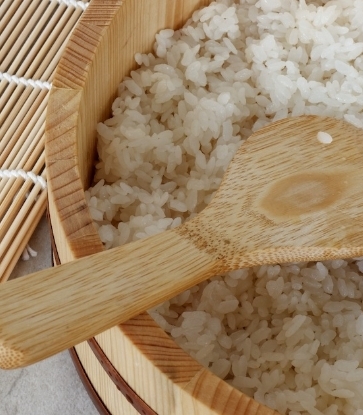Chefs are no different. But far from simply reproducing representations of them, a chef looks to beautify a plate with these flowers while making sure they’re edible.
“They complement the food and make a dish look more appealing; they also contribute to its overall flavour,” says chef Kirk Westaway of one-Michelin-starred Jaan.
Indeed, flowers have been part of the human diet for a long time, in both the East and the West. Osmanthus blossoms, China’s national flower has long been used in tea and infused into desserts for a floral fragrance. In parts of the Middle East and India, the scent of roses add a beguiling touch to sweets. In Southeast Asia, the tinge of blue in butterfly pea is used as a colouring agent in drinks, dumplings and sugary treats.

In today’s fine dining context, the flowers are a vibrant touch to a dish, equivalent to an artist accenting his work with a dramatic splash of colour.
But plating up such beauty is an immense exercise in logistics. These are arguably the most delicate ingredients a chef could bring in and are best eaten fresh. In fact, it’s most desirable to pick them right before plating the dish.
The issue? Many have either too short a blooming season or too soon an expiry date to be flown halfway across the world.
"I initially wanted to use clove flowers and micro pansies, but they cannot endure the long distance to Singapore,” says Westaway.
Temperature control is paramount. “Jaan replenishes stocks two or three times a week,” he says. “Temperatures must be kept as low as possible during transportation; once the flowers get here, they have a very short shelf life. Garlic flowers last only one day, for borage maybe two days; they must be eaten fresh.”

These precious edible flowers, being quite striking in both looks and flavours, require skills and experience to be used wisely.
For this, Westaway adheres to the following rules: “The flower must be compatible with the dish; it must elevate the original flavour, but not overpower it. Balance is the key. Strongly flavoured flowers such as garlic and chives must be used with care.”
He also likes variety placed into many of Jaan’s dishes from the King Crab appetizer, to the Cannon of Lamb, to the dessert Pear and Ginger Tart (pictured left).
Here’s what else he uses this spring:

Borage, also known as starflower for its appearance, tastes subtly of mint and cucumbers, which some people find similar to oysters. For this reason, Kirk uses borage primarily with seafood. His King Crab appetiser, for instance, utilises the freshness of borage to reconcile the various seafood: fresh crab, sea urchin, salmon roe and Oscietra caviar.

The Shiso Hanaho hails from Japan, where it is used to accompany traditional dishes like sushi and Chazuke (green tea and savoury toppings over rice). It is relatively milder in taste with a hint of pepper. Kirk uses it for his Rabbit Spring Rolls, not only to balance the palate, but also to infuse some Eastern character into this predominantly European dish.

Modestly elegant and distinctively flavoured, this flower is Kirk’s favourite. ‘The garlic flower is strong enough to be used for flavour enhancement with lamb and asparagus. Its spiciness might clash with many foods, but it is just right for fresh meats, as it mollifies fattiness.’

The Anise Blossom is tiny in size and sweet like tarragon. It originates from Central and South America, and has been consumed since Aztec times. It is especially compatible with desserts and cocktails. Kirk sprinkles the flowers over his Pear and Ginger Tart and Pea Panna Cotta. The stimulating flavour is complete with some cinnamon and ginger ice cream.
Recommended reading: View more ingredient stories here






















